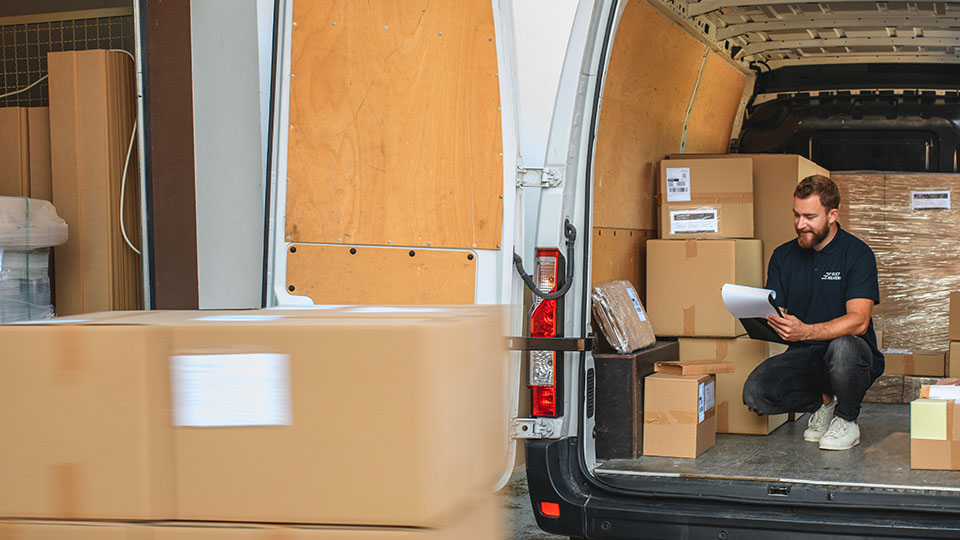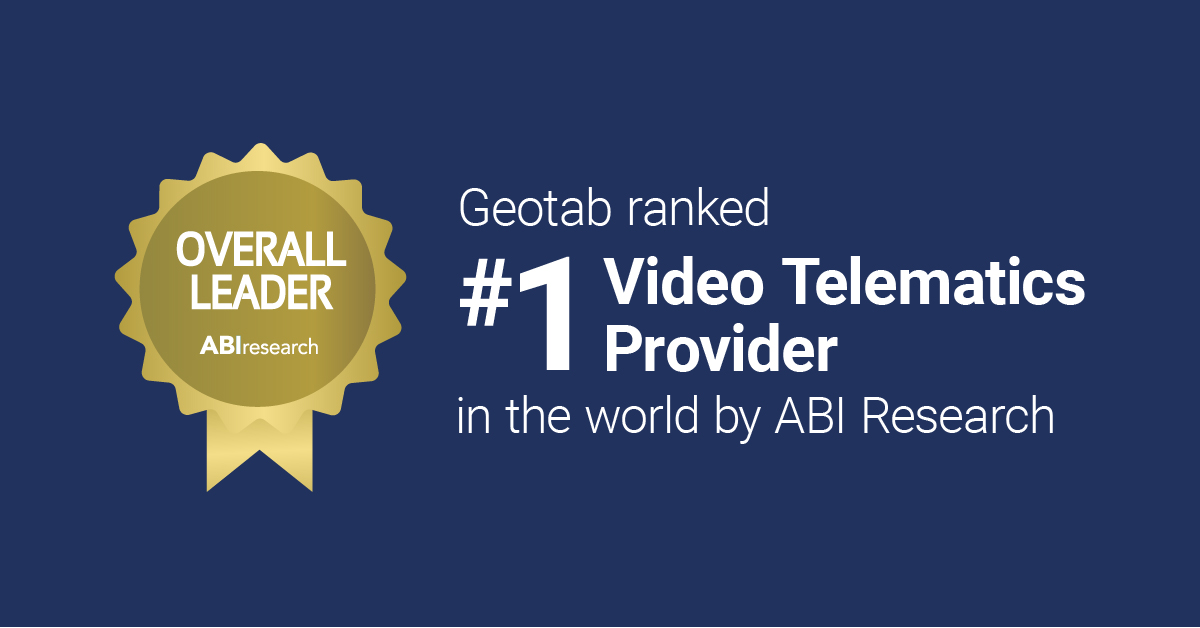Cracking the Last Mile Delivery Code: Efficiency, Innovation, and the Race to Your Doorstep
Geotab insights show accelerating year-over-year growth in last mile delivery
November 14, 2023
•2 minute read

Picture this: a bustling city, a parcel waiting to reach its final destination, and the clock ticking. Welcome to the world of last-mile delivery, where speed, efficiency, and a myriad of challenges intersect on the journey from warehouse to a consumer’s doorstep. The primary goal of the last mile delivery segment is to ensure a product’s efficient delivery to the consumer. North America is the fastest growing market today as consumers gain greater purchasing power and access to smartphones, and it is further fueled by a demand for convenience and the hectic schedules of consumers.
The explosion of global populations is also driving a need for more products and services to support these communities. And, the COVID-19 pandemic accelerated the shift toward e-commerce, marking the beginning of a lasting change in how people purchase goods and generating a surge in home deliveries. In fact, the World Economic Forum estimates that customer e-commerce deliveries increased by approximately 25% since 2020.
Unfortunately, we know that the transportation sector is the second largest contributor to GHG emissions, and last mile delivery has a significant footprint. To combat this, cities and companies are making commitments to provide emission-free deliveries and various economic stimulus packages include provisions that support green mobility and goods transport.
All of these factors combined are fueling a revolution in the last mile delivery transportation industry. Consumers are becoming more ecologically conscious, and logistics companies operating in this most competitive, and complex segment are investing in new technologies and searching for innovative solutions to meet demands. Last mile delivery is the costliest part of the delivery process - it accounts for up to 28% of the total delivery cost.
“By leveraging data – like real-time tracking and dynamic routing – and embracing electric vehicles adoption, last mile delivery can become more efficient, convenient, and sustainable for both businesses and consumers.” – Jean Pilon-Bignel, Vice President, Public Sector at Geotab
At Geotab, we have assessed last mile delivery trends across North America to see where exponential growth is occurring. Manhattan has experienced a remarkable 55% increase in the number of stops on last mile delivery routes, accompanied by a 46% rise in the number of vehicles making these deliveries. Chicago witnessed a 116% surge in the number of stops, and 82% increase in the number of vehicles dedicated to last mile deliveries. Phoenix recorded 58% growth in the number of stops, along with a 22% rise in the number of last mile delivery vehicles. And, Houston had a notable 29% rise in stops along last mile delivery routes, coupled with a 39% increase in the number of fleet vehicles responsible for deliveries.
This market is primed for data-driven insights that can solve its common challenges including traffic congestion, environmental impact, real time communication with customers, security and theft prevention of packages. The power of data enables continuous improvement in delivery operations. Delivery providers rely on valuable data to make decisions that enhance safety, identify training needs, and allocate resources effectively for their business. By identifying potential issues before they escalate, companies can reduce vehicle breakdowns, ensure fleet reliability, and avoid costly downtime.
Addressing these challenges often requires a combination of technological advancements, operational efficiency improvements, collaboration with local authorities, and innovative delivery models to optimize the last mile delivery process. At Geotab, we’re passionate about delivering valuable insights, industry trends and best practices to help tackle critical optimization concerns and achieve impactful sustainability goals.
-Jean Pilon-Bignell, Vice President, Public Sector at Geotab
Media Contact
Nicole Riddle
Senior Specialist, Strategic Communications
pr@geotab.com
About Geotab
Geotab is a global leader in connected vehicle and asset solutions, empowering fleet efficiency and management. We leverage advanced data analytics and AI to transform fleet performance, safety, and sustainability, reducing cost and driving efficiency. Backed by top data scientists and engineers, we serve over 55,000 global customers, processing 80 billion data points daily from more than 4.7 million vehicle subscriptions. Geotab is trusted by Fortune 500 organizations, mid-sized fleets, and the largest public sector fleets in the world, including the US Federal Government. Committed to data security and privacy, we hold FIPS 140-3 and FedRAMP authorizations. Our open platform, ecosystem of outstanding partners, and Marketplace deliver hundreds of fleet-ready third-party solutions. This year, we're celebrating 25 years of innovation. Learn more at www.geotab.com and follow us on LinkedIn or visit Geotab News and Views.
Geotab in the News
Related News

November 30, 2023
1 minute read

From Operations Manager to the Fleet Hall of Fame
November 29, 2023
2 minute read

The Last Mile: Navigating the Fast Lane of Delivery Logistics
November 22, 2023
2 minute read

Data Insights & AI: The Key to Effective Fleet Insurance and Risk Management
November 14, 2023
2 minute read